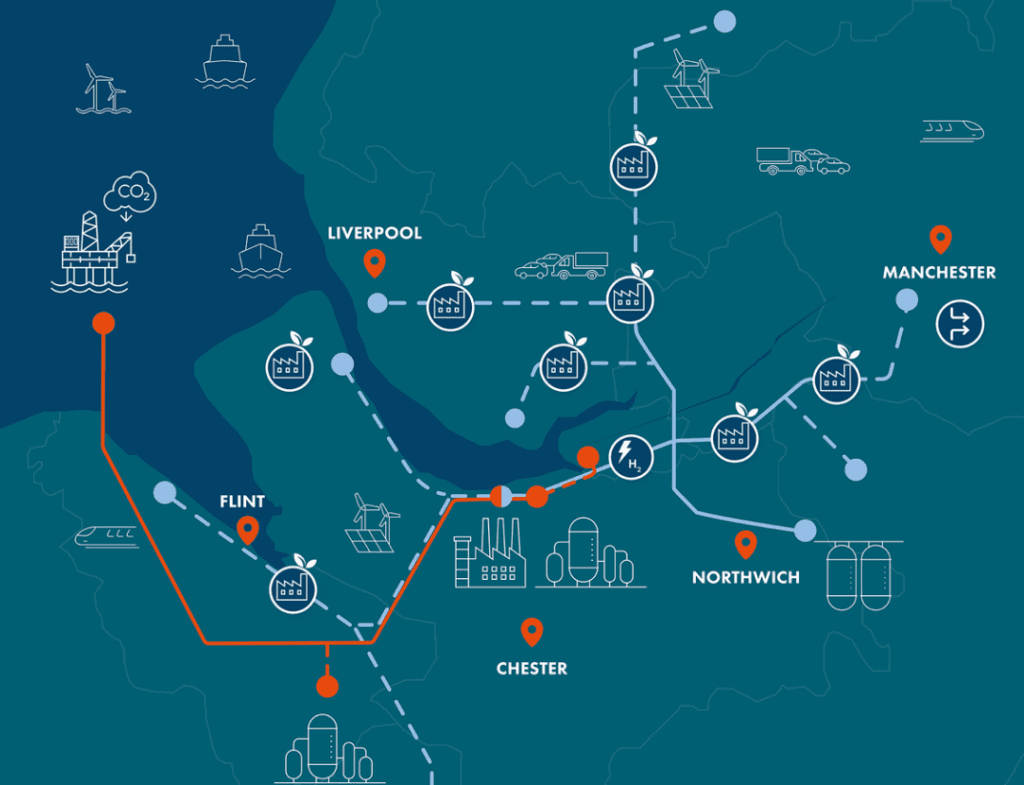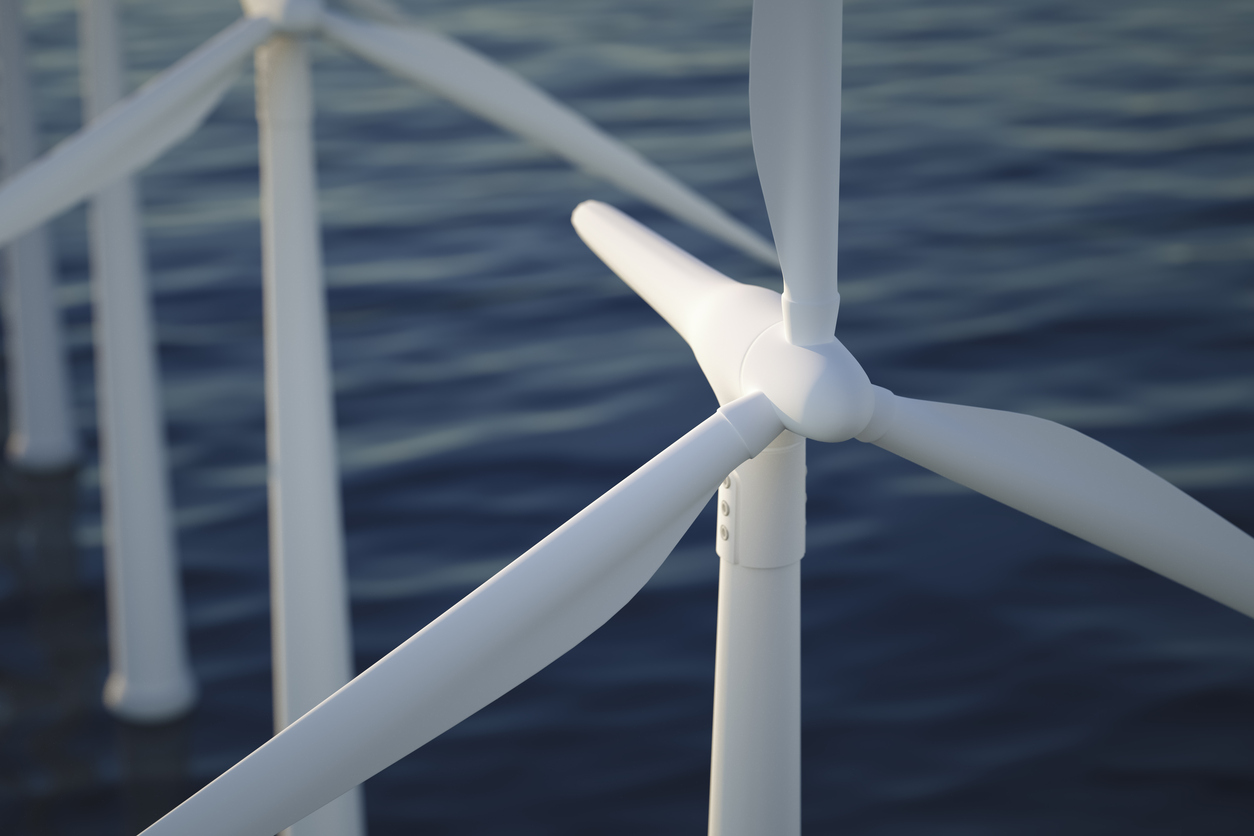Count on our expert guidance for network design, build & beyond
Most definitions of smart grids include the integration of renewables into the generation system. According to the National Grid, in the UK the renewables share is approximately 40% of generation in the UK and of that wind is the largest contributing renewable with onshore and offshore being roughly equal by percentage.
In the case of offshore wind, the turbines are all ultimately connected to an offshore substation which is similar in appearance to a traditional oil and gas platform. The main function of the substation is to transform the power arriving from the turbines at 33kV to 150kV for onward transmission to the grid. The turbines are connected to the substation by undersea cables which also carry fibre for the transmission of SCADA-type data to provide information about all aspects of the turbine’s performance.
The needs of the offshore substation are similar to traditional oil and gas in that the platform should be equipped with PAGA (public address and general alarm) CCTV (closed circuit TV) LAN and WAN (local area and wide area networks) as well as navigational elements such as AIS (automatic identification system) and NDB (non-directional beacon) as well as connectivity via microwave radio or VSAT satellite systems.
MMX is well-positioned to advise EPCs (engineering and procurement contractors) as well as the operators of such platforms on the design, installation and maintenance of such systems. We are a full-service systems integrator specialising in telecom and related systems and can perform the installation at the shipyard or once the platform is in situ. We commonly perform FAT (factory acceptance testing) in order to prove functionality as per our clients’ brief and are familiar with the documentation associated with such tasks in an offshore setting.
One of our key points of difference for clients is not only our in-house design and system integration expertise but also the fact that we provide teams for offshore installation work and provide Level 3 IRATA technicians offshore. This means that we are one of the few companies specialising in offshore energy that can do design, system integration, installation and maintenance. This means that the customer does not need to separately arrange for engineering and rope access as we are able to perform all aspects. This greatly reduces the complexity for clients in terms of the management of offshore telecom activities.
What is CCS?
Another key area of interest for our clients in the renewables sector is carbon capture and storage (CCS for short). CCS involves the capture of carbon dioxide (CO2) emissions from industrial processes, such as steel and cement production, or from the burning of fossil fuels in power generation. This carbon is then transported from where it was produced, via ship or in a pipeline, and stored deep underground in geological formations.
How can CCS help prevent global warming?
The Intergovernmental Panel on Climate Change (IPCC) highlighted that, if we are to achieve the ambitions of the Paris Agreement and limit future temperature increases to 1.5°C (2.7°F), we must do more than just increase efforts to reduce emissions – we also need to deploy technologies to remove carbon from the atmosphere. CCS is one of these technologies and can therefore play an important role in tackling global warming.
Where does MMX fit into CCS?
The image below outlines the individual commercial elements involved with a typical CCS project and the large geographical coverage.

A key part of any CCS project is the ability to provide end-to-end data telemetry, voice communication, site security through access control and CCTV and the full range of topside communications for the offshore platform. All these individual technologies need to seamlessly integrate together and coexist with other systems needed for CCS deployment.
For MMX, a CCS network typically requires:
- Microwave LOS
- PAGA
- CCTV
- Weather monitoring systems
- AIS
- VHF/UHF marine and aeronautical systems
- RADAR
- LAN/WAN
MMX provides a turnkey solution for CCS by offering design, procurement, integration, test, installation, commission and ongoing remote hands support. MMX understands each CCS deployment is individual and we work to the client’s needs on a case-by-case basis. Being vendor-agnostic means we choose the best solutions for your individual needs. Contact us to learn more about how we can help.

